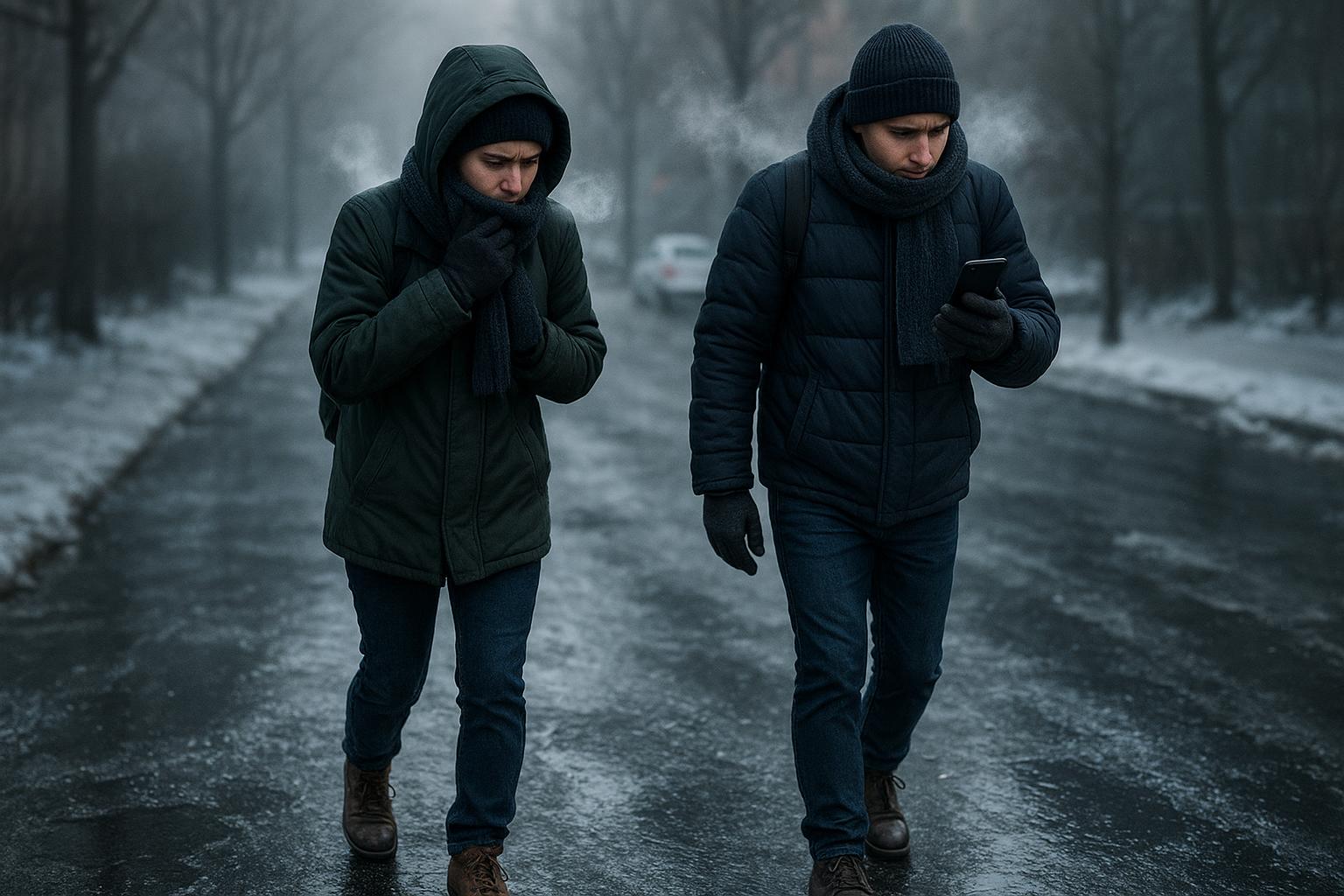Dealing with acetone in the workplace requires special care and safety precautions. Acetone is highly flammable and—although not highly toxic—exposure can be irritating and painful. As such, it’s important to know how to work with acetone safely, wear the proper protective gear and know what to do in an emergency. Practice acetone safety!
Wear Personal Protective Equipment
Employees engaged in routine handling of acetone should wear milled butyl rubber gloves and rubber aprons for protection against skin contact. Chemical goggles should be worn, and when complete face protection is necessary, a face shield should be worn.
Fire Hazards and Prevention
Acetone is highly flammable and poses a serious fire hazard. It is capable of igniting materials even when at room temperature. All sources of ignition, including spark-producing machinery or equipment, should be eliminated in areas where acetone is stored, handled or used. An acetone explosion can occur when it is mixed with any of the hydrogen peroxide, nitric acid or sulfur dichloride.
Because acetone vapors have the capability to travel considerable distances in vapor form, confine it to a controlled, non-windy environment away from the above chemicals.
If an acetone fire breaks out, specific fire extinguishers must be used. These include foam, carbon dioxide, and dry chemical extinguishers. To prevent spreading the fire, water used on an acetone fire should be in the form of a spray or fog. Ask your supervisor if you do not know the extinguisher locations at your current job site.
Control Vapor Concentrations
For most operations, vapor can be kept at safe levels by enclosing the work area, properly ventilating or a combination of both. Opening windows or doors offers adequate ventilation for most small uses. Local exhaust may be needed with larger operations in order to capture the vapors at the source and keep them out of the breathing zone. Vapor concentrations may cause drowsiness and dizziness in workers. Contact your supervisor for specific ventilation information when working with acetone.
First Aid
If an employee has inhaled small amounts of acetone vapor, they should be moved to an area with fresh air. If large amounts have been inhaled, they should be moved to an area with fresh air, and 911 should be called immediately.
If acetone is splashed in the eyes, flush out immediately with large quantities of running water for at least 15 minutes by lifting the eyelids, and seek medical attention as soon as possible. Skin that comes in contact with acetone should be washed with soap and water, and contaminated clothing should be removed.



